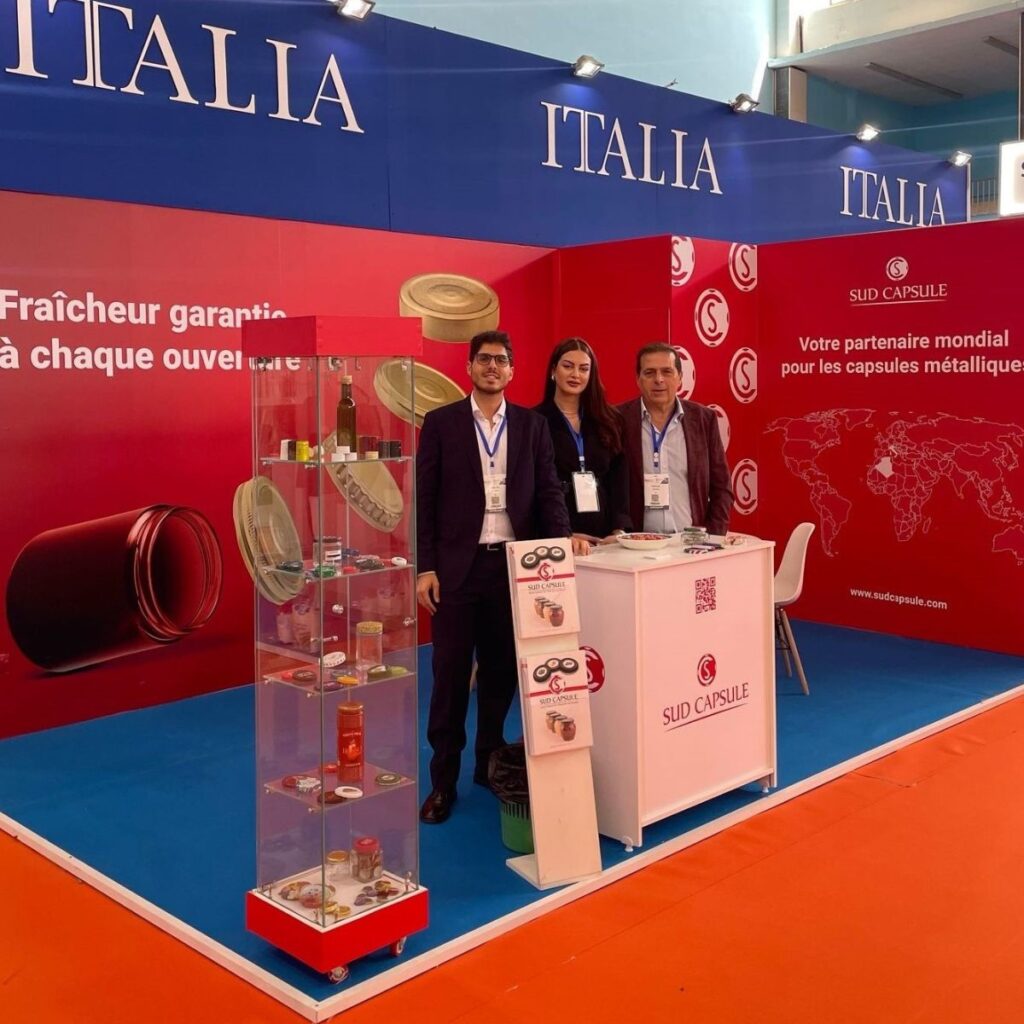To ensure that your homemade preserves are prepared and stored correctly, it is important to follow some specific guidelines.
Here are some simple steps to follow:
Make the right choice
The first step is the most fundamental and is divided into three phases:
- Choosing the ingredients: Select fresh, ripe, and seasonal fruits and vegetables. Their quality will significantly affect the flavor and consistency of the preserve.Remember that choosing ripe fruit allows you to control the sugar content and avoid additives.
- Choosing the jar: Select the jar size based on your needs and the amount of product to preserve. Glass jars are recommended because the material is odorless and tasteless.
- Choosing the lids: Each jar needs its lid. Choose the correct lid size and make sure it is in good condition, free of dents or rust. Remember that the jar can be reused indefinitely, but the lid must be replaced.
Sanitize carefully
Before starting to fill the jars with your preserves, it is important to sanitize them. You can do this by immersing them in boiling water for at least 10 minutes with the mouth of the jar facing upwards. This step is essential to eliminate the presence of any bacteria and to preserve flavor, consistency, and freshness over time.
A new lid does not need to be washed.
Fill carefully
For proper filling, make sure to follow two fundamental steps:
- Check the headspace: Fill the jars up to about 1 cm from the rim to leave enough room for product expansion during pasteurization and to avoid overflow. Be careful not to dirty the outer edge of the jar mouth and clean it if needed. This will prevent rust formation.
- Hot-fill: If possible, try to fill the jar and screw the lid on while the product is still hot. This will help start the vacuum sealing process and reduce the thermal treatment time.
Seal tightly
Make sure to tighten the lids on the jars well, but not excessively. The goal is to obtain an airtight seal and proper vacuum. This way you can store your product longer and preserve its flavor.
Achieve vacuum sealing
Pasteurization is the essential step to create the vacuum seal correctly. This allows long-term preservation and eliminates those microorganisms that thrive in the presence of air.
To achieve vacuum sealing, in addition to the hot-filling already mentioned, you may need to subject the jars to a thermal cycle: place the jars in a heavy-bottomed pot, with the lids facing upward and completely cover them with water and bring it to a boil. Make sure the jars do not touch each other.
This additional pasteurization process ensures that the jars are ready to maintain the freshness of your preserves.
Cool gradually
After pasteurization, it is recommended to remove the jars from the hot water. Let them cool slowly at room temperature. If you used a lid with a flip (safety button), during cooling you will likely hear the characteristic “pop” of the lids sealing airtight. This is a good sign that the preserve is sealing correctly.
Create a label
Clearly label the jars with the contents and the preparation date. This will help you keep track of what’s in each jar and how long it has been stored.
Store properly
Store in a cool, dark, and dry place. Make sure the jars are kept away from direct sunlight and heat sources.
Inspect periodically
Periodically check the stored jars to ensure they are still properly sealed and show no signs of spoilage or contamination.
All our metal closures are suitable for boiling.

However, the use of metal closures in the microwave and dishwasher is not recommended.










